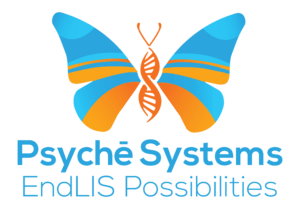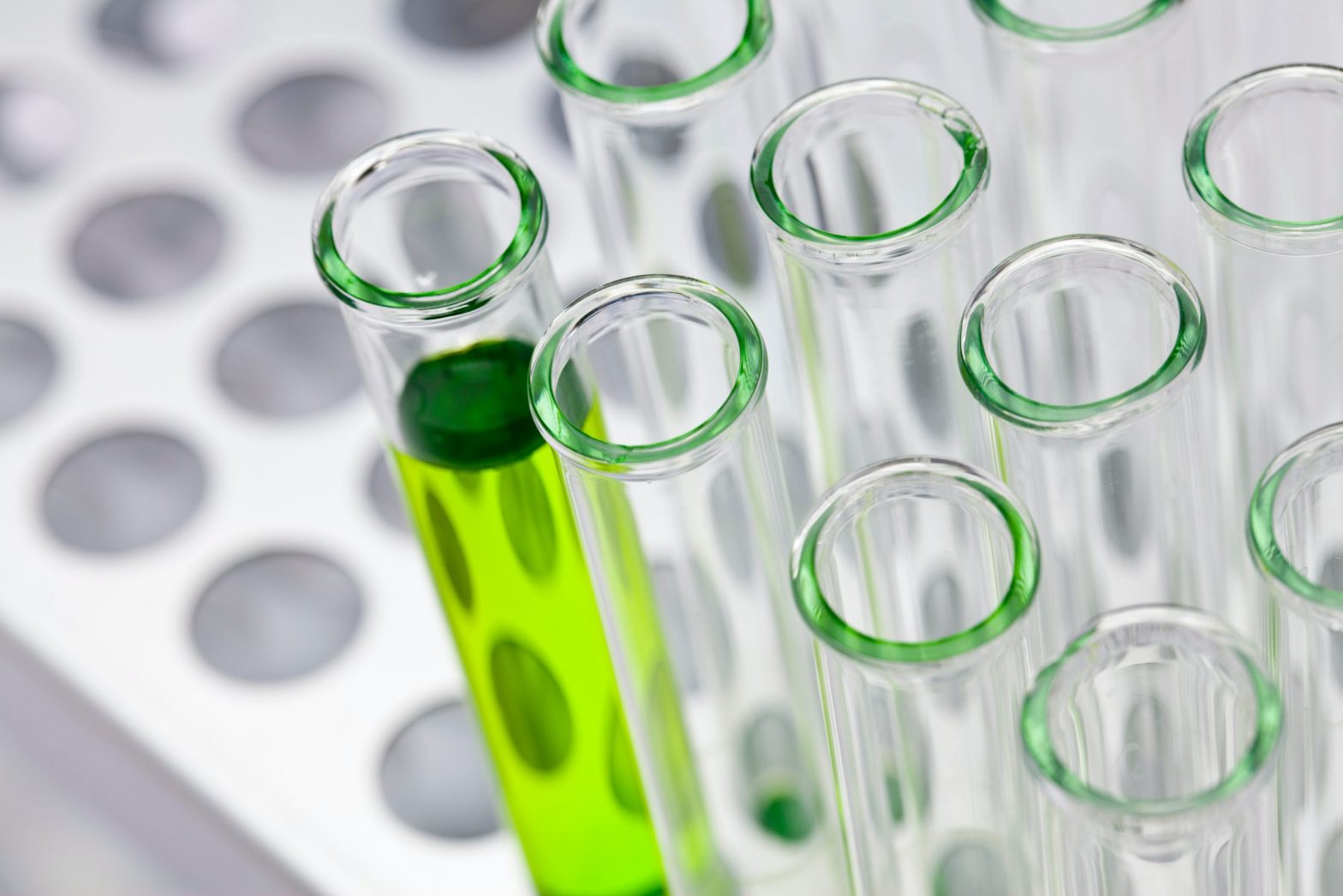Clinical lab owners have struggled immensely over the last year. Upgrades and optimization to laboratory software will be vital in improving laboratory workflow and productivity. Although the pandemic still has its course to run, there will eventually be a time in which life returns to some semblance of normalcy. Once we reach that new normal, clinical labs will have a different approach in how they deliver care and manage their businesses.
Here are some of the changes we can expect to see in clinical labs over the coming years.
Telemedicine Laboratory Software
It is an understatement to say that COVID has drastically changed our way of life over the last year. These massive changes will also leave lasting impressions upon the psyche of patients, as well as the approach that medical professionals take to their delivery of care.
Exposure to a contagious patient is a major risk to healthcare workers. Telemedicine completely removes that risk.
Demographics that are disparately affected by COVID will also benefit from telemedicine. Increased access will reduce the abnormally high mortality rates we see among people of color who have contracted deadly illnesses.
Many people have seen a large shift to using video conferencing to complete their work meetings or to see family. In the business world, many people have learned that there are certainly physical meetings that could have been taken care of with a Zoom or Skype call. The same trend has applied to the medical world. Telemedicine has its benefits and negatives that will affect medical providers moving into the future.
Some of the benefits include the following:
- Easily accessible healthcare
- This is beneficial if a patient is a far distance from the provider, or has a highly contagious illness but is not in an emergency scenario.
- Reduced healthcare costs
- The more time the providers save through remote analysis and diagnosis, the cheaper the care will be for the patient.
- Timeliness
- Telemedicine will save both patients and providers more time.
Some of the negatives include the following:
- Less physical observation
- Although a quality webcam and microphone can deliver media with clarity, it is still less effective than a provider physically observing a patient in-person. Sometimes there can be ailments or symptoms that a provider may observe before a patient has discovered it themselves.
- Increased IT workload and training
- A laboratory software system that provides secure and ongoing telemedicine will require a reworking of a practice’s IT team. This will be necessary to ensure the telemedicine software operates without issues.
There are additional benefits and negatives that may affect your practice depending on your field. Each practice should consider their niche and whether telemedicine will be right for them moving into a post-COVID world.
Patient Fears and Anxieties
When COVID eventually leaves our society, most people will be left with an indelible scar in their minds about contagious diseases. Patient safety will be a lingering concern for both provider and patient. New security and safety measures will have to be implemented in order to maintain patient confidence. Additionally, patient confidence is essential to ensure they will seek out care if they have fallen ill, instead of avoiding a doctor’s visit because of fear of contracting an illness.
After COVID, lab owners should analyze where they need to invest in lab design, software, diagnostics, and equipment. Patients will realize the optimization when they discover the increased work productivity in your lab.
Digitizing Procedures and Optimizing Laboratory Software
At the start of COVID, we witnessed a backlog of tests. Data storage and mass testing require preparation with optimized laboratory software. Digitization of data allows quicker access and up-to-date information for providers. It will also allow quicker processing, which will save time for both the patient and provider. This efficiency increase will improve work productivity and ultimately save money for both parties.
Additionally, it will help with the regular workflow that already exists in your lab prior to any mass testing events that may occur.
Lab Design
We have seen how quickly and easily a contagious illness can spread in a laboratory setting. Even with adequate precautions taken, human error or other circumstances can lead to contamination.
With this in mind, new startup lab designs should include pandemic precautions already in place. Just because COVID will eventually leave does not mean our society will never experience another pandemic. Being prepared before a pandemic is one of the best steps to take.
Some of these designs involve unilateral directions and flow for patients and employees. In an ideal setting, people who enter the laboratory will come in through one entrance and exit through another. This unilateral flow increases social distancing. Additionally, erecting barriers between workstations is effective.
Automation
Another precaution that should be taken post-COVID is lab automation. Similar to telemedicine, laboratory technicians and scientists can interface with their research through automated machines and laboratory software.
As the pandemic took hold, there was a massive increase in clinical labs seeking to automate their systems. Tools and equipment can either be repurposed or purchased. There are numerous opportunities to use automation equipment and automation software.
This is a safe step toward completely eliminating any contact between workers and potential contagious samples.
Automation also goes beyond just pandemic contagion precautions. Labs have had automation equipment and software in their settings for quite some time. It is important for labs to consider automating more manual tasks in order to increase efficiency.
Contact Psychē Laboratory Software for Additional Information
Psychē Laboratory Software is here for you and your lab if you are seeking additional information regarding optimizing or upgrading your laboratory software. Contact us today for a consultation, and we can work with you to design your LIS to your specifications and needs.


